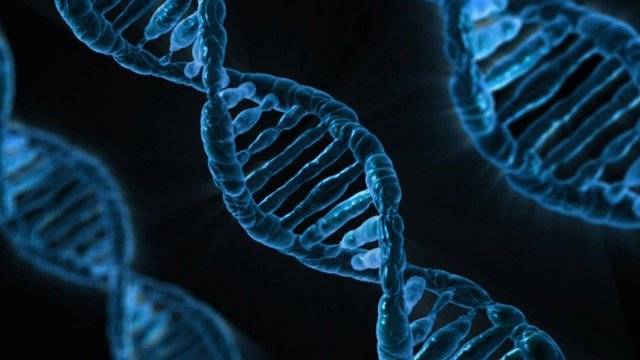First Publication Date: 3rd November 2009
Last weekend, at a training session in Hyderabad, I was once again confronted by the ever sizzling issue of Indian Patent Office’s stand with regard to patenting of Gene Sequences. The outcome of that heated argument is this post of mine.
Prior to signing the TRIPS, any invention even remotely linked with living organism (including micro organisms) was not patentable subject matter in India. Article 27 (3) of TRIPS required its signatory to allow patents for microorganisms. Thus, in an effort to be compliant with the TRIPS agreement, the Indian Patent Act was amended in order to enable patenting of microorganisms. Result of this initiative was the Section 3 Clause j of the amended act which states that plants and animals in whole or any part thereof other than micro-organisms but including seeds, varieties and species and essentially biological processes for production or propagation of plants and animals are excluded from patentability.
Many interpreted gene sequence to fall under plants and animal and parts there of. This is partially true because naturally existing gene sequence is definitely a part of the living organism (may it be plant or animal). However, this is not the end of the tunnel. This does not mean that Gene Patents are a strict NO-NO in India. One can still get a patent over gene sequences provided they are isolated and purified or are synthetically manufactured.
It is known to the person having ordinary skill in the art that naturally occurring gene sequence is very different from Isolated and purified gene sequences. Gene sequence in its natural state have coding regions (exons) and non coding regions (introns). Exons are responsible for coding of the protein. The function of introns is still not clear. Although some introns do facilitate the protein coding process, at this point of time, they are considered as non functional part of the gene.
Gene isolation is an extensive process in molecular biology (protocol is provided in Maniatis) where the end result is a gene sequence comprising only of exons or the Coding region.Since such isolated and purified gene sequence is different from the naturally existing gene sequence, they are not to be considered as part of the living organism and are thus eligible for patent.
The Patent Office’s stand with regard to such inventions is not clear. On one hand when Indian Patent Office has been granting several patents for Isolated and purified gene sequences, on the other hand they are also refusing patent grants for isolated and purified gene sequence patent applications (On the ground of Section 3j exclusion).
Although the Indian patent Act does not specify any special treatment (inclusive or exclusive) with regard to isolated and purified gene sequences, the draft of MPPP (Manual of Patent Practice and Procedure) published by Indian Patent Office, refers to gene sequence inventions in relation to the unity of invention discussion, thus indirectly clarifying the patent office’s stand with regard to such inventions. Although it does help in interpreting the Patent Office’s stand with regard to such inventions, the MPPP cannot be completely relied on since it lacks legal precedence (moreover, it is still a draft) .
I believe, it is high time that Patent Office provides clear cut guidelines relating to their stand with regard to Gene based inventions. They need to put an end to treating these inventions based on the examiners personal view or interpretation (or should I call it Misinterpretation) of the Law. Its high time they provide a justification for the differential outcome of patents with regard to these inventions. After all we wish to know what is their outcome based on. Law? Guidelines? Applicants persuasive ability? or is it simply based on personal discretion of the examiner?
Source/Attribution here. (Governed by Creative Commons License CC0 1.0)




0 Comments
SHAKLAIN KHURSHID
I could not understand the function of intros. I would highly recommend that while drafting gene sequence patents please also incorporate the sequence of naturally occurring DNA sequences in the sequence listing as a reference which will help the applicant to differentiate it from the complementary DNA (c-DNA) which will be claimed.
I am sure that the examiner handling such cases would be from Biotech background so we need to explain the importance of splicing mechanism (i.e. its not a mere rearrangement) and products obtained thereof (c-DNA).
Alternate splicing mechanism can lead to two different sets of proteins from the same DNA.
Further codon optimized DNA sequence patents are also being prosecuted wherein importance of the different nucleotide base is highlighted which goes hand in hand with the desired cell line chosen for expression of the optimized DNA sequence. This optimization is also not a mere one as it leads to high level expression of the protein. Here also sequence comparison will help.
I would suggest to take a reasonable scientific approach while dealing with such cases and how these kind of approach has economic significance, manifest an inventive step.